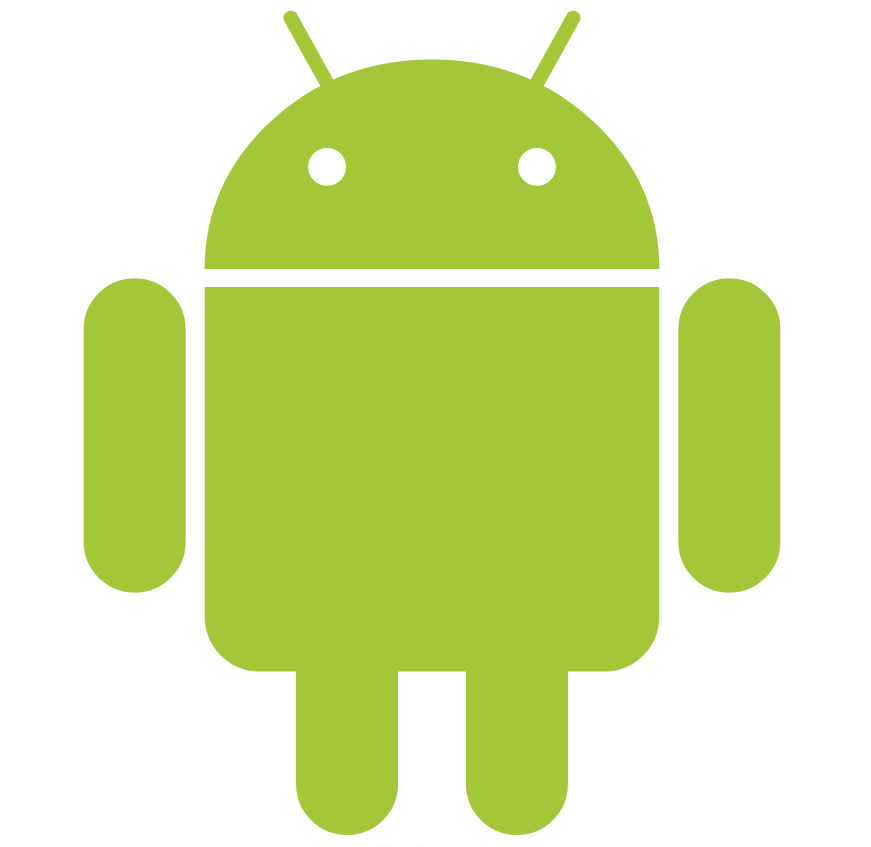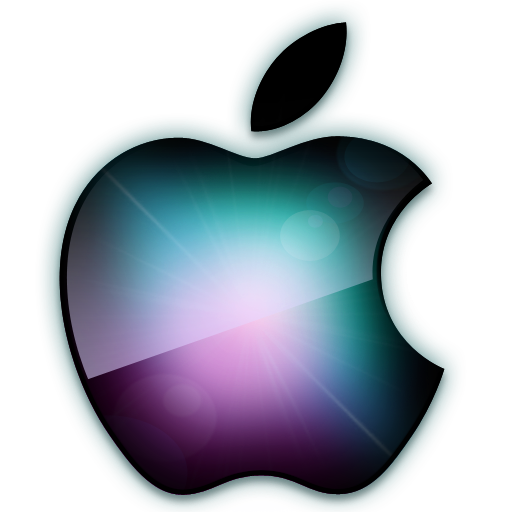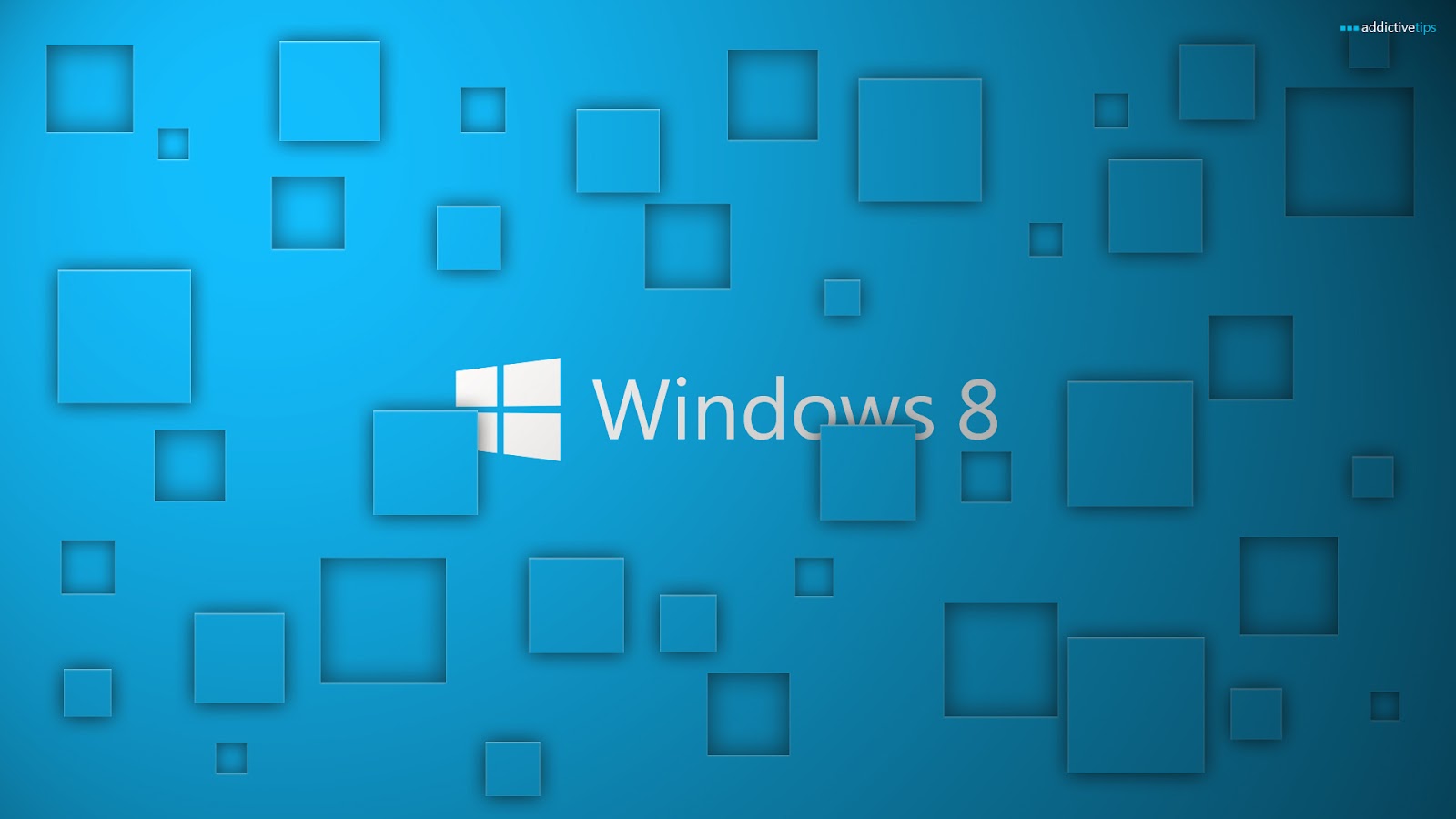Coders Meeting
Saturday 14th September, 2013
Session 38
Course: Coding
Course Lesson: CSS
Activity: Transformation Effects 3
Exercise Bar: Session 38
1.
Use HTML and CSS to create 3 rows of boxes.Create four seperate boxesfor each row with top,right,bottom and left margins of 40px.Each of the boxes should have a width of 150px and height of 150px.Using the css box-shadow property,apply shadows to all the boxes
2.
The first box should have a picture and the second box should have a description of the picture.The box after the description of the picture should have a video and the next box should have a description of the video.This should continue up to the final box.
3.
The boxes with the descriptions should have vertical scroll bars.Use the Css overlay to create the scroll bar.
4.
Use CSS transformation effects and CSS transiton effects to rotate all the boxes to a scale of 2.The boxes with pictures and video should rotate 720 degrees clockwise and should rotate 360 degrees anti-clockwise,This seqquenqce should repeat up to the final box
Android (/ˈæn.drɔɪd/; an-droyd) is a Linux-based operating system[11] designed primarily for touchscreen mobile devices such as smartphones and tablet computers. Initially developed by Android, Inc., which Google backed financially and later bought in 2005,[12] Android was unveiled in 2007 along with the founding of the Open Handset Alliance: a consortium of hardware, software, and telecommunication companies devoted to advancing open standards for mobile devices.[13] The first Android-powered phone was sold in October 2008.[14]
Android is open source and Google releases the code under the Apache License.[11] This open-source code and permissive licensing allows the software to be freely modified and distributed by device manufacturers, wireless carriers and enthusiast developers. Additionally, Android has a large community of developers writing applications ("apps") that extend the functionality of devices, written primarily in a customized version of the Java programming language.[15] In October 2012, there were approximately 700,000 apps available for Android, and the estimated number of applications downloaded from Google Play, Android's primary app store, was 25 billion.[16][17] A developer survey conducted in April–May 2013 found that Android is the most popular platform for developers, used by 71% of the mobile developer population.[18]
These factors have contributed towards making Android the world's most widely used smartphone platform,[19] overtaking Symbian in the fourth quarter of 2010,[20] and the software of choice for technology companies who require a low-cost, customizable, lightweight operating system for high tech devices without developing one from scratch.[21] As a result, despite being primarily designed for phones and tablets, it has seen additional applications on televisions, games consoles, digital cameras and other electronics. Android's open nature has further encouraged a large community of developers and enthusiasts to use the open-source code as a foundation for community-driven projects, which add new features for advanced users[22] or bring Android to devices which were officially released running other operating systems.
Android's share of the global smartphone market, led by Samsung products, was 64% in March 2013.[23] In July 2013 there were 11,868 different models of Android device, scores of screen sizes and eight OS versions simultaneously in use.[24] The operating system's success has made it a target for patent litigation as part of the so-called "smartphone wars" between technology companies.[25][26] As of May 2013, 48 billion apps have been installed from the Google Play store,[27][28] and as of September 3, 2013, there have been 1 billion Android devices activated.[29]
Wildlife traditionally refers to non-domesticated animal species, but has come to include all plants, fungi and other organisms which grow or live wild in an area without being introduced by humans.[1] Domesticating wild plant and animal species for human benefit has occurred many times all over the planet, and has a major impact on the environment, both positive and negative.
Wildlife can be found in all ecosystems. Deserts, forests, rain forests, plains, grasslands, and other areas including the most developed urban sites, all have distinct forms of wildlife. While the term in popular culture usually refers to animals that are untouched by human factors,[2] most scientists agree that wildlife around is affected by human activities.
Humans have historically tended to separate civilization from wildlife in a number of ways including the legal, social, and moral sense. Some animals, however, have adapted to suburban environments. This includes such animals as domesticated cats, dogs, mice, and gerbils. Religions have often declared certain animals to be sacred, and in modern times concern for the natural environment has provoked activists to protest the exploitation of wildlife for human benefit or entertainment.
Apple Inc., formerly Apple Computer, Inc., is a multinational corporation that creates consumer electronics, personal computers, computer software, and commercial servers, and is a digital distributor of media content. Apple's core product lines are the iPhone smart phone, iPad tablet computer, iPod portable media players, and Macintosh computer line. Founders Steve Jobs and Steve Wozniak effectively created Apple Computer on April 1, 1976, with the release of the Apple I, and incorporated the company on January 3, 1977,[1] in Cupertino, California.
For more than two decades, Apple Computer was predominantly a manufacturer of personal computers, including the Apple II, Macintosh, and Power Mac lines, but it faced rocky sales and low market share during the 1990s. Jobs, who had been ousted from the company in 1985, returned to Apple in 1996 after his company NeXT was bought by Apple.[2] The following year he became the company's interim CEO,[3] which later became permanent.[4] Jobs subsequently instilled a new corporate philosophy of recognizable products and simple design, starting with the original iMac in 1998.
With the introduction of the successful iPod music player in 2001 and iTunes Music Store in 2003, Apple established itself as a leader in the consumer electronics and media sales industries, leading it to drop "Computer" from the company's name in 2007. The company is now also known for its iOS range of smart phone, media player, and tablet computer products that began with the iPhone, followed by the iPod Touch and then iPad. As of 2012, Apple is the largest publicly traded corporation in the world by market capitalization, with an estimated value of US$626 billion as of September 2012.[5][6] Apple Inc's market cap is larger than that of Google and Microsoft combined.[7][8] Apple's worldwide annual revenue in 2010 totaled US$65 billion, growing to US$127.8 billion in 2011[9] and $156 billion in 2012.[10]
A galaxy is a massive, gravitationally bound system consisting of stars, stellar remnants, an interstellar medium of gas and dust, and dark matter, an important but poorly understood component.[1][2] The word galaxy is derived from the Greek galaxias (γαλαξίας), literally "milky", a reference to the Milky Way. Examples of galaxies range from dwarfs with as few as ten million (107) stars[3] to giants with a hundred trillion (1014) stars,[4] each orbiting their galaxy's own center of mass.
Galaxies contain varying numbers of star systems, star clusters and types of interstellar clouds. In between these objects is a sparse interstellar medium of gas, dust, and cosmic rays. Supermassive black holes reside at the center of most galaxies. They are thought to be the primary driver of active galactic nuclei found at the core of some galaxies. The Milky Way galaxy is known to harbor at least one such object.[5]
Galaxies have been historically categorized according to their apparent shape, usually referred to as their visual morphology. A common form is the elliptical galaxy,[6] which has an ellipse-shaped light profile. Spiral galaxies are disk-shaped with dusty, curving arms. Those with irregular or unusual shapes are known as irregular galaxies and typically originate from disruption by the gravitational pull of neighboring galaxies. Such interactions between nearby galaxies, which may ultimately result in a merger, sometimes induce significantly increased incidents of star formation leading to starburst galaxies. Smaller galaxies lacking a coherent structure are referred to as irregular galaxies.[7]
There are probably more than 170 billion (1.7 × 1011) galaxies in the observable universe.[8] Most are 1,000 to 100,000 parsecs in diameter and usually separated by distances on the order of millions of parsecs (or megaparsecs). Intergalactic space (the space between galaxies) is filled with a tenuous gas of an average density less than one atom per cubic meter. The majority of galaxies are organized into a hierarchy of associations known as groups and clusters, which, in turn usually form larger superclusters. At the largest scale, these associations are generally arranged into sheets and filaments, which are surrounded by immense voids.[9]
On December 12, 2012, astronomers, working with the Hubble Space Telescope, reported that the most distant known galaxy, UDFj-39546284, is now estimated to be even farther away than previously believed. The galaxy, which is estimated to have formed around "380 million years"[10] after the Big Bang (about 13.8 billion years ago),[11] and has a z (redshift) of 11.9,[10] is approximately 13.42 billion light years from Earth.
Windows NT is a family of operating systems produced by Microsoft, the first version of which was released in July 1993. It was a powerful high-level-language-based, processor-independent, multiprocessing, multi-user operating system. "NT" was expanded to "New Technology" for marketing purposes but no longer carries any specific meaning. It was intended to complement consumer versions of Windows that were based on MS-DOS. NT was the first fully 32-bit version of Windows, whereas its consumer-oriented counterparts, Windows 3.1x and Windows 9x, were 16-bit/32-bit hybrids. Windows 2000, Windows XP, Windows Server 2003, Windows Vista, Windows Home Server, Windows Server 2008, Windows 7, Windows Server 2008 R2, Windows 8, Windows Phone 8, Windows RT and Windows Server 2012 are members of the Windows NT family, although they are not branded using the name "Windows NT".
Technology (from Greek Ï„Îχνη, techne, "art, skill, cunning of hand"; and -λογία, -logia[1]) is the making, modification, usage, and knowledge of tools, machines, techniques, crafts, systems, and methods of organization, in order to solve a problem, improve a pre-existing solution to a problem, achieve a goal, handle an applied input/output relation or perform a specific function. It can also refer to the collection of such tools, including machinery, modifications, arrangements and procedures. Technologies significantly affect human as well as other animal species' ability to control and adapt to their natural environments. The term can either be applied generally or to specific areas: examples include construction technology, medical technology, and information technology.
The human species' use of technology began with the conversion of natural resources into simple tools. The prehistorical discovery of the ability to control fire increased the available sources of food and the invention of the wheel helped humans in travelling in and controlling their environment. Recent technological developments, including the printing press, the telephone, and the Internet, have lessened physical barriers to communication and allowed humans to interact freely on a global scale. However, not all technology has been used for peaceful purposes; the development of weapons of ever-increasing destructive power has progressed throughout history, from clubs to nuclear weapons.
Technology has affected society and its surroundings in a number of ways. In many societies, technology has helped develop more advanced economies (including today's global economy) and has allowed the rise of a leisure class. Many technological processes produce unwanted by-products, known as pollution, and deplete natural resources, to the detriment of Earth's environment. Various implementations of technology influence the values of a society and new technology often raises new ethical questions. Examples include the rise of the notion of efficiency in terms of human productivity, a term originally applied only to machines, and the challenge of traditional norms.
Philosophical debates have arisen over the present and future use of technology in society, with disagreements over whether technology improves the human condition or worsens it. Neo-Luddism, anarcho-primitivism, and similar movements criticise the pervasiveness of technology in the modern world, opining that it harms the environment and alienates people; proponents of ideologies such as transhumanism and techno-progressivism view continued technological progress as beneficial to society and the human condition. Indeed, until recently, it was believed that the development of technology was restricted only to human beings, but recent scientific studies indicate that other primates and certain dolphin communities have developed simple tools and learned to pass their knowledge to other generations.



